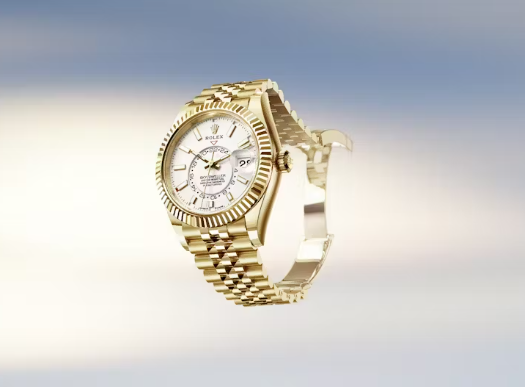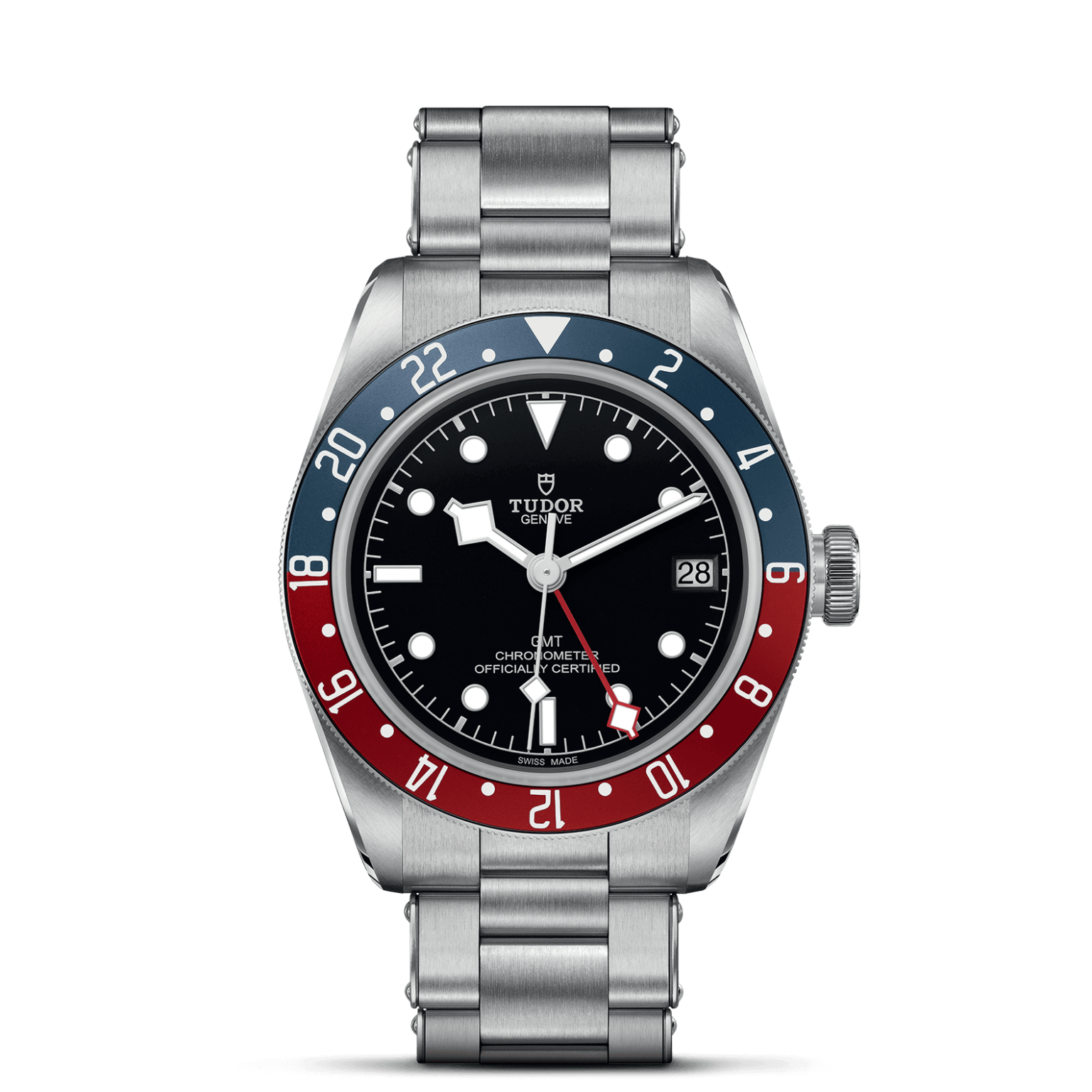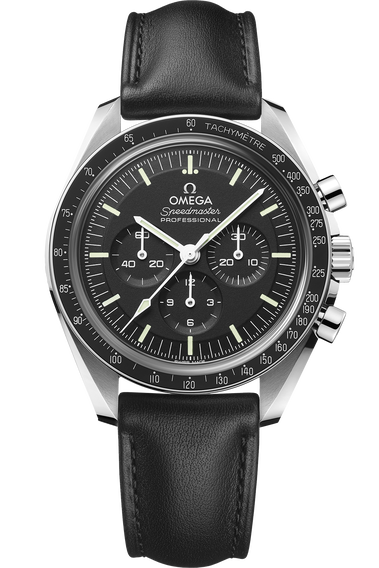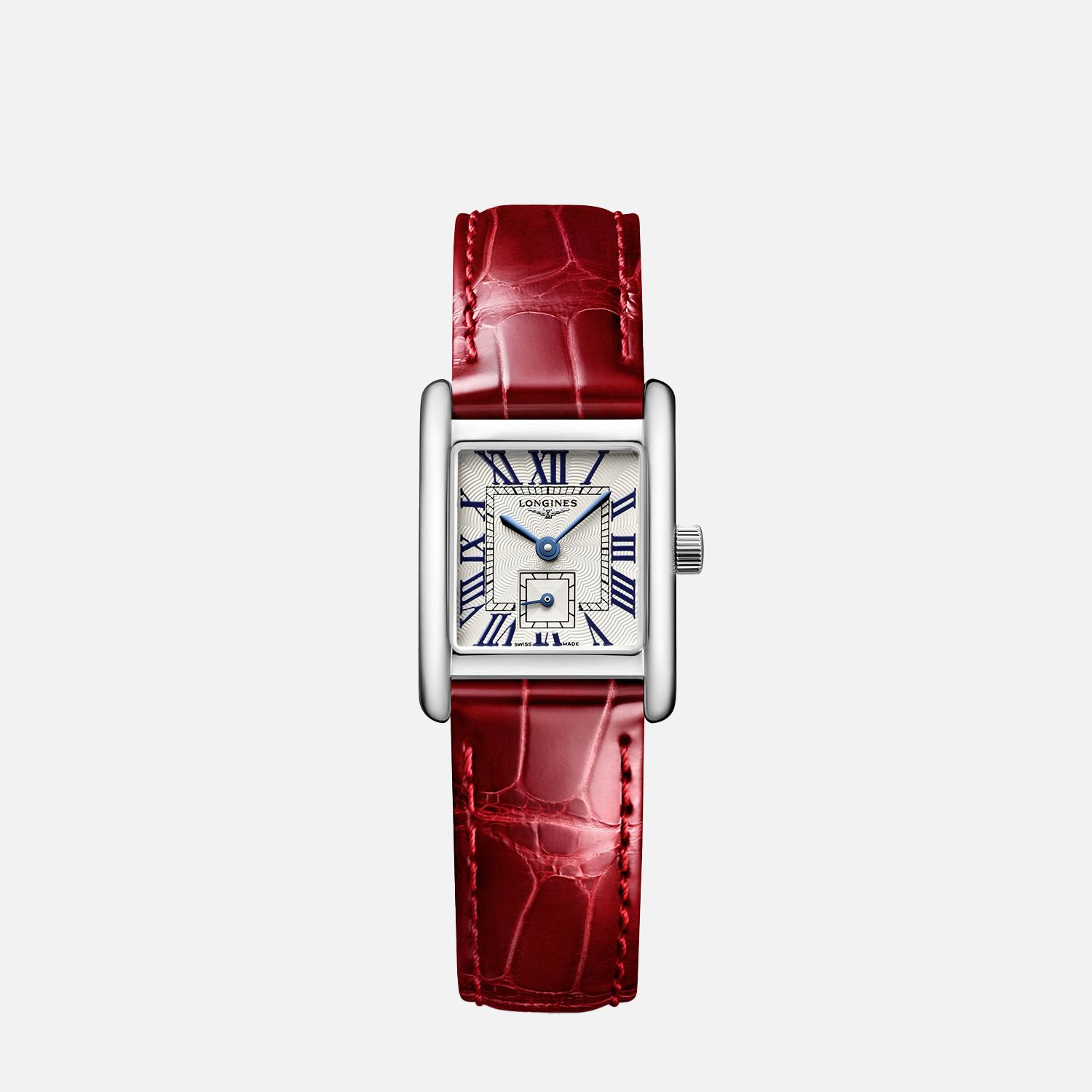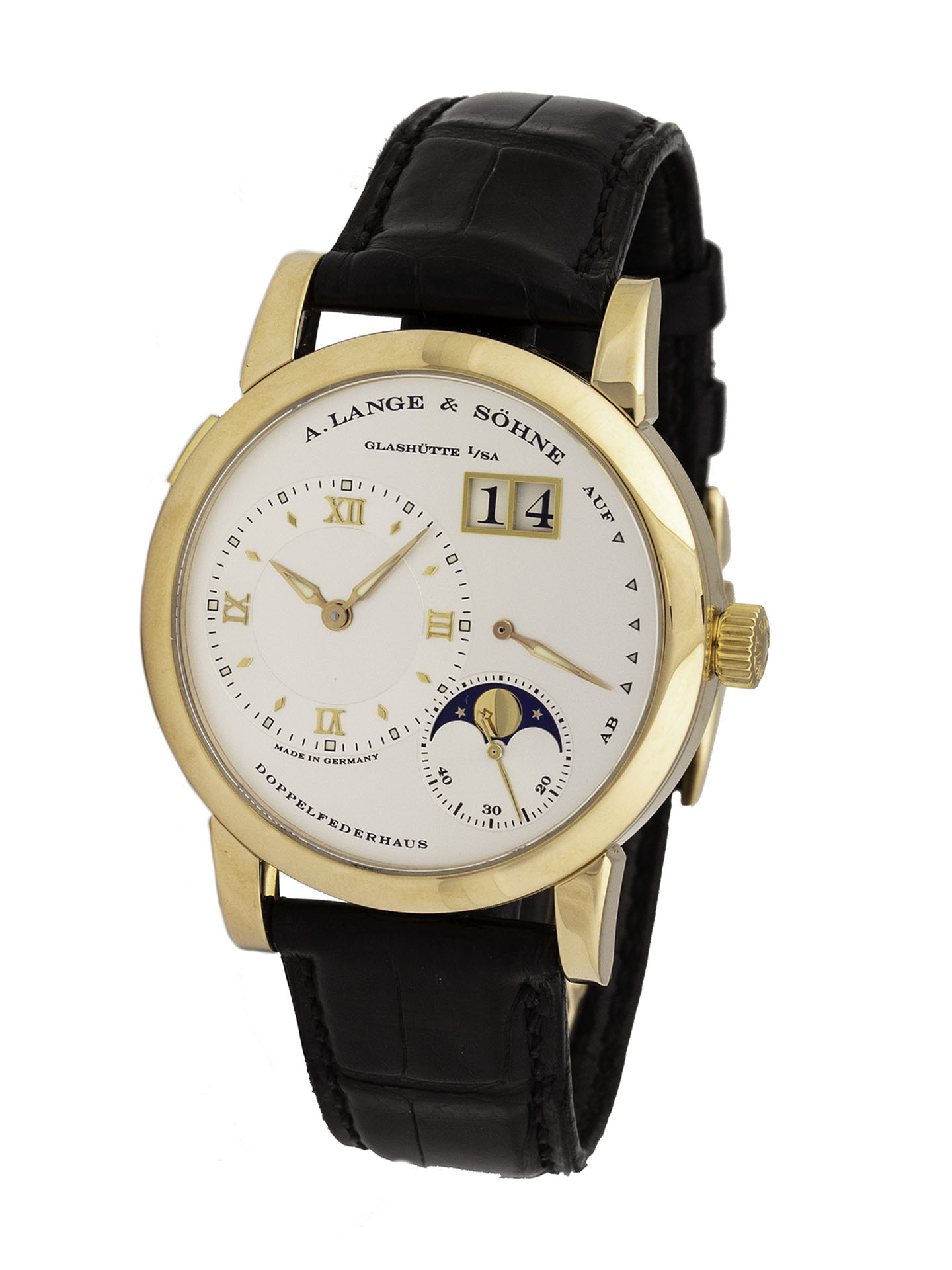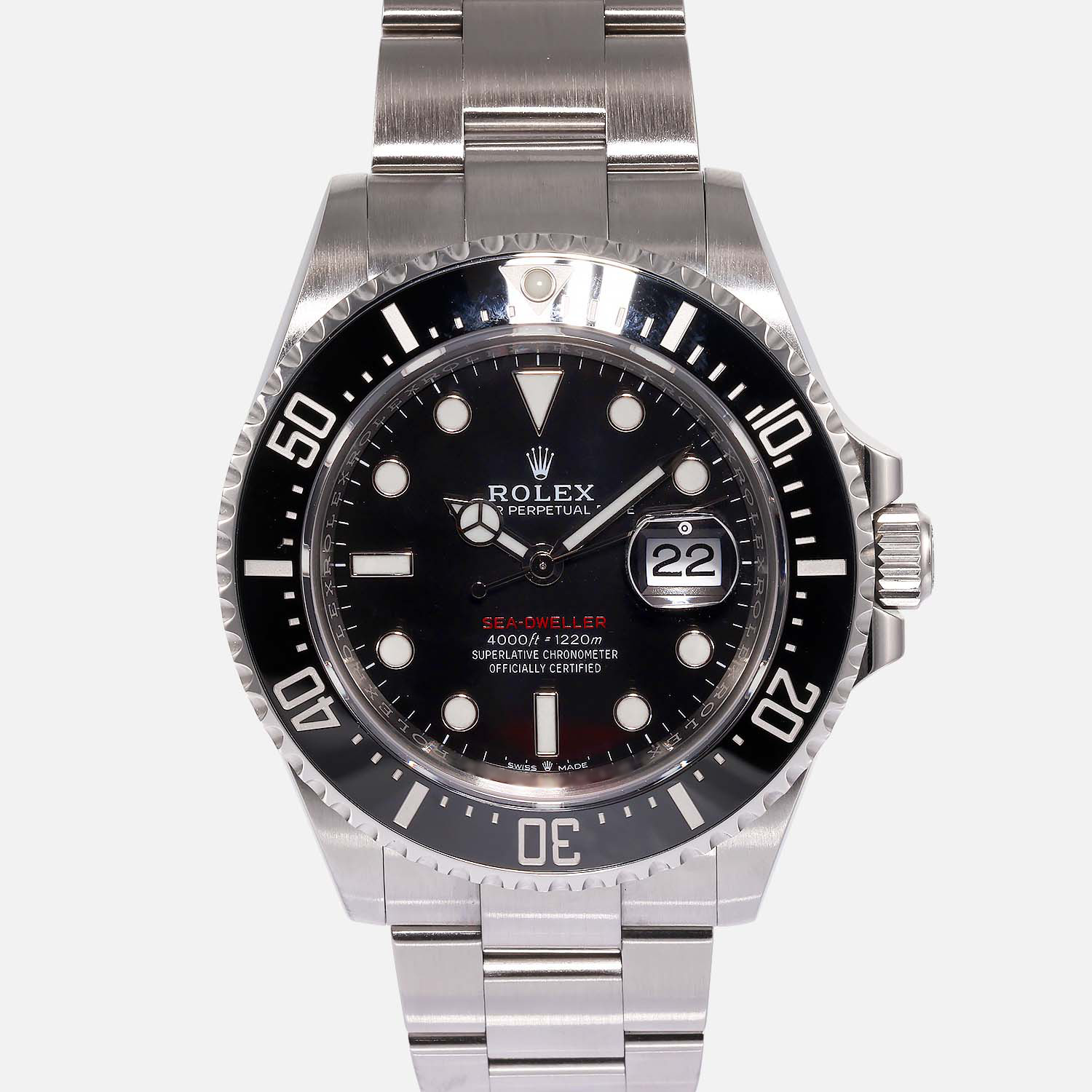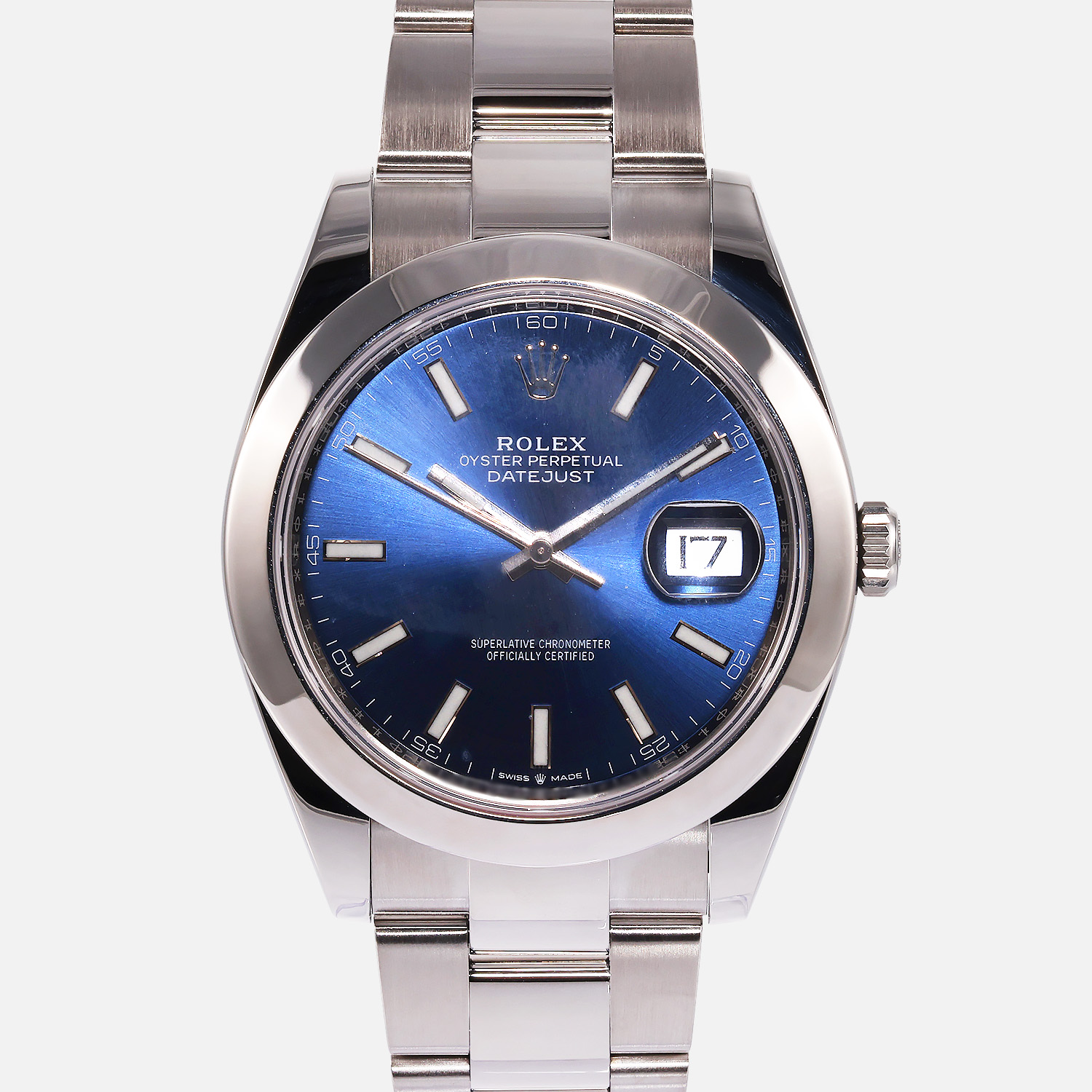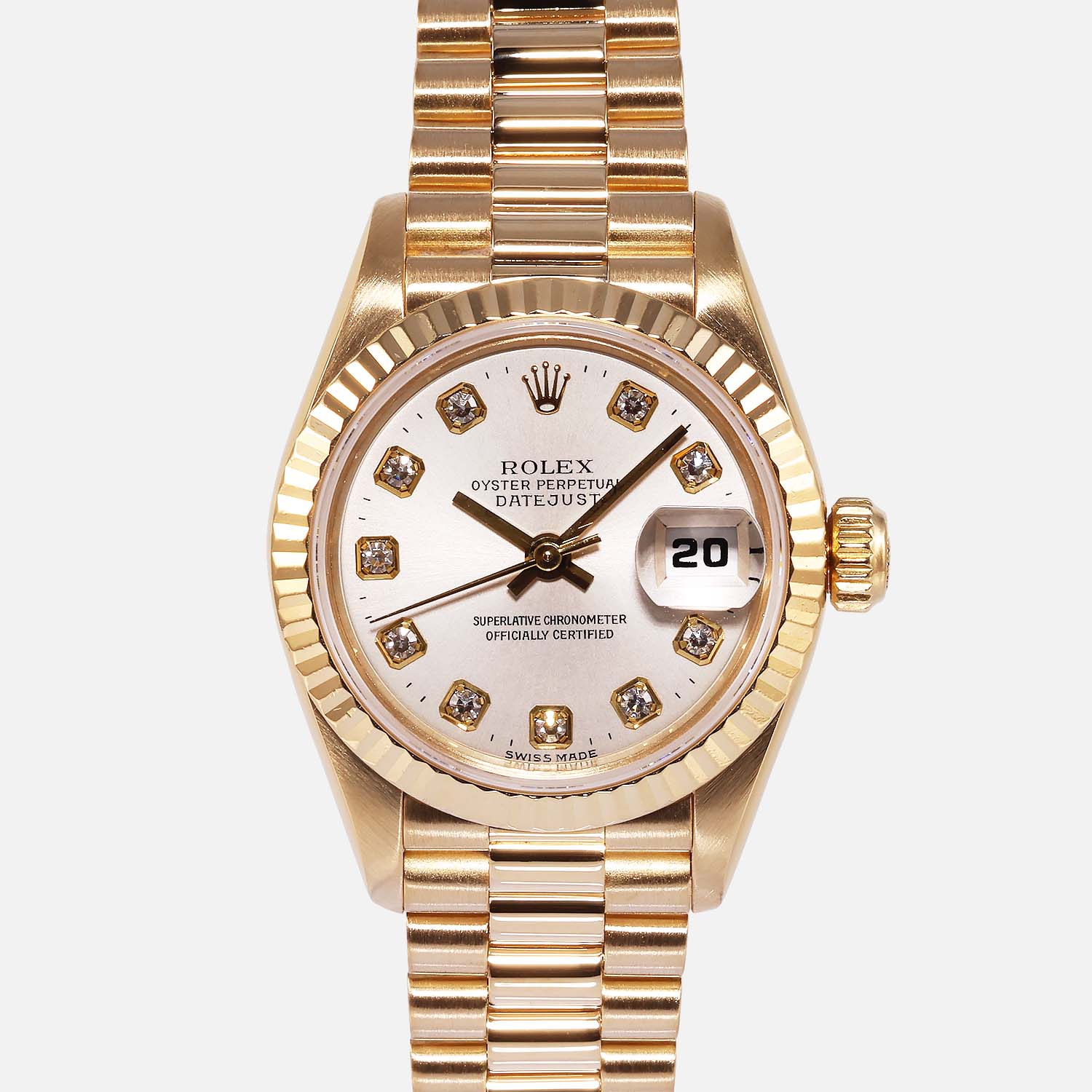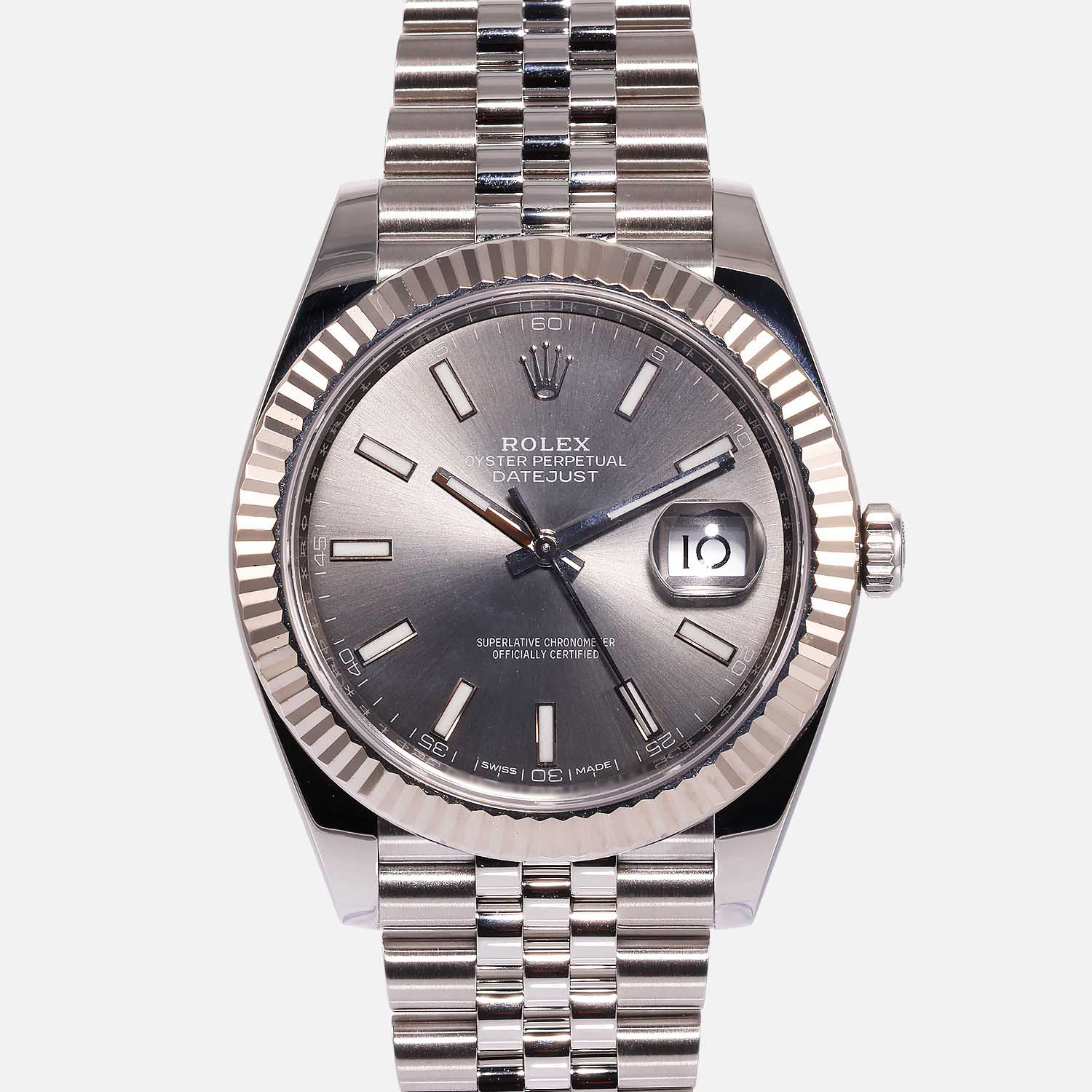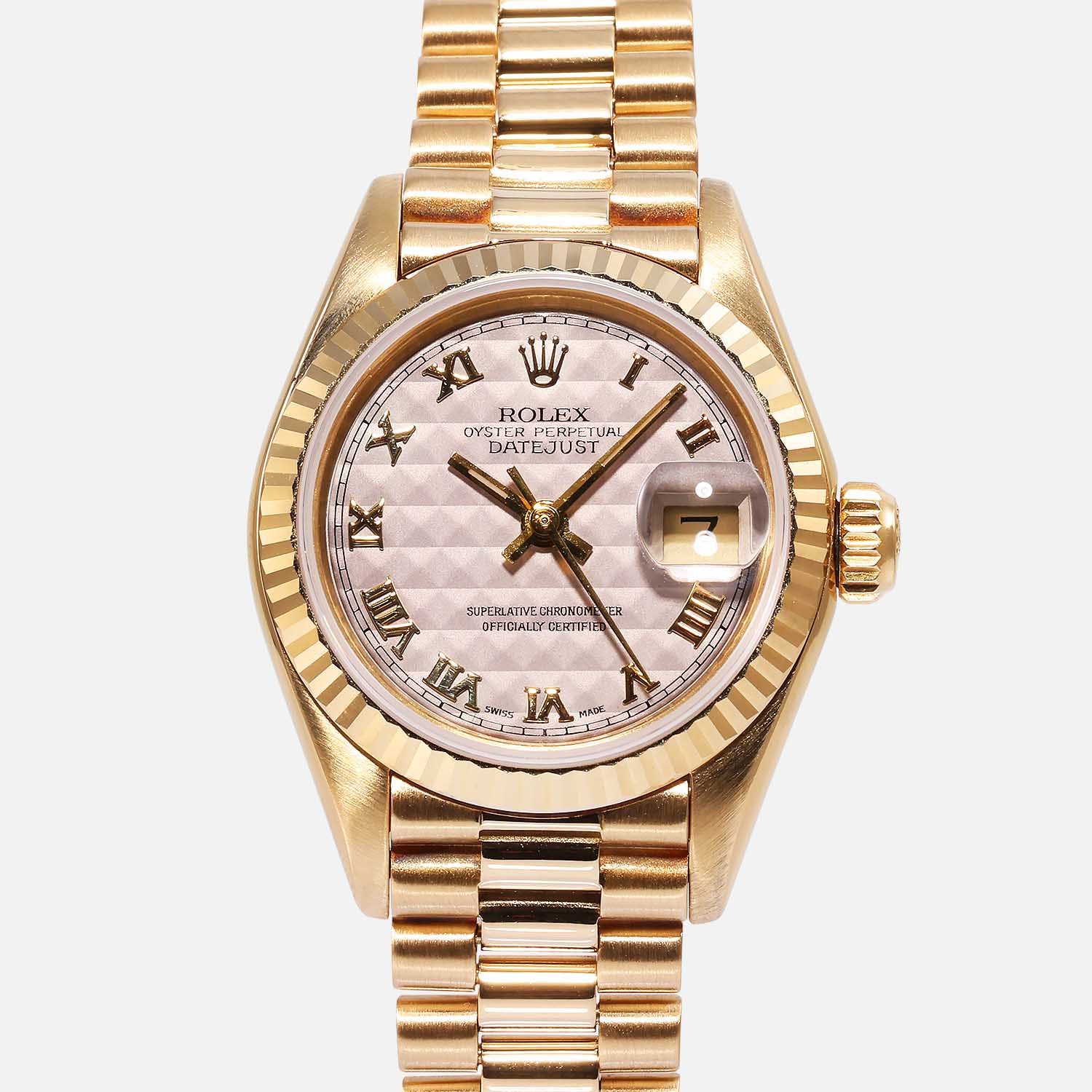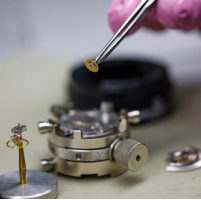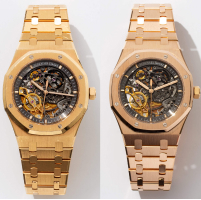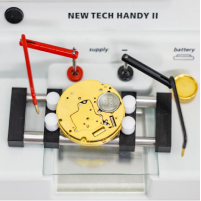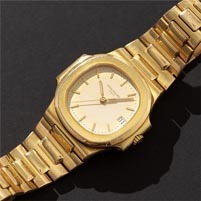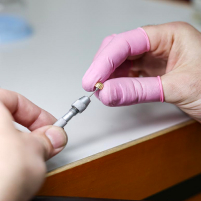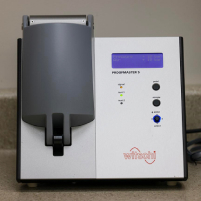Troubleshooting & FAQ
[vc_row css=”.vc_custom_1465924719978{margin-bottom: 0px !important;border-bottom-width: 0px !important;padding-bottom: 0px !important;}”][vc_column][vc_column_text]On this page we have a list of some of the most common questions about a poorly-performing watch. It’s normal for a watch to have issues if it has been poorly cared for, or even when just undergoing a large amount of regular wear. However, to troubleshoot your own watch, you’ll find a little difficult to realize just what went wrong. Most watch problems can and do result from dirty and dry movements. It’s hard to figure out if there is a bigger issue until it has been first cleaned and oiled. We always are willing to look at a watch and get a free estimate together for your watch. Bring it in for cleaning and service today, or have a look below at the most common questions we’ve come across when dealing with a potentially broken timepiece.[/vc_column_text][vc_column_text]
Automatic Watches Quartz Watches
[/vc_column_text][/vc_column][/vc_row][vc_row el_id=”automatic” css=”.vc_custom_1490120842244{margin-top: 0px !important;margin-bottom: 20px !important;border-top-width: 0px !important;padding-top: 0px !important;}”][vc_column][vc_column_text]
Automatic Watches
Many automatic watches may be built to last lifetimes, but they are still subject to a wide variety of everyday stress. Included here are the answers to some of the most common problems with mechanical watches that involve:
The Movement
The Timing
The Dial[/vc_column_text][vc_row_inner el_id=”a-movement”][vc_column_inner][vc_column_text]
THE MOVEMENT
My watch fell, and now it has stopped running.
When watches are dropped, the sudden impact can cause an axle to break. Most commonly it’s actually the balance staff (the axle of the wheel making the iconic ticking noise). This will need to be replaced and a full watch maintenance is needed.
My automatic watch stops after I take it off.
The commonly occurs with automatic watches, and can mean a few different things. Automatic (self-winding) watches require physical activity to wind fully. If you are not sufficiently active, the watch will not build up enough power to run. In rare cases, the mainspring can become worn and fail, typically after a few years. This mainspring can be replaced with a complete watch maintenance.
[/vc_column_text][/vc_column_inner][/vc_row_inner][vc_row_inner el_id=”a-timing”][vc_column_inner][vc_column_text]
THE TIMING
My watch is running slow or stopping.
Watches are finely-tuned machines. Similar to a car, lubrication is needed every few years to maintain optimum performance, which is why we recommend complete watch maintenance after every 3-5 years, at minimum.
My watch runs fast.
Watches can run fast for several reasons. Over time lubricants can cause the hairspring to stick. This damage could also have come from dropping the watch, knocking the hairspring out of alignment. Thirdly, it could have become magnetized by a magnetic field. At Precision Watches & Jewelry we can diagnose and correct any watch timing issues.
My automatic watch is running slow.
Automatic watches need to be wound to start, either through manual winding at the crown or by wearing it long enough to wind the mainspring. Regularly worn, most automatic watches function normally and can run for roughly 36 hours after being removed. If the watch is fully wound but still running slow, this indicates the watch is overdue for maintenance. Most automatic watch manufacturers recommend movement service every four to five years, depending on the amount of wear or usage.
When I wind my watch, it never stops.
This happens in real manual-wind watches, and means that the mainspring is broken. Automatic watches generally have a clutch do that you can feel when the watch is fully wound. The mainspring will have to be replaced along with a full watch maintenance.[/vc_column_text][/vc_column_inner][/vc_row_inner][vc_row_inner el_id=”a-dial”][vc_column_inner][vc_column_text]
THE DIAL
My watch crystal keeps fogging up.
The gaskets which make watches water resistant may require replacement, or the watch was exposed to moisture while the crown was unlocked. The crown, crystal, and gaskets may need replacement in conjunction with a complete maintenance. This watch should be serviced as soon as possible to dry it out and correct any damage, as it will get worse. Water resistance is not permanent and requires periodic service to maintain.
My watch calendar changes at noon.
This means that the hands are 12 hours out of alignment. Simply reset the watch manually by advancing the time 12 hours.
The chronograph on my watch doesn’t reset properly.
This can be fixed by a manual resetting of the chronograph hand. Over time, the mechanical chronograph will require adjustment. Bring it in for it’s regular periodic watch maintenance at Precision Watches & Jewelry.[/vc_column_text][/vc_column_inner][/vc_row_inner][/vc_column][/vc_row][vc_row el_id=”quartz”][vc_column][vc_column_text]
Quartz Watches
Quartz watches may not be as delicate as their mechanical counterparts, but you should never underestimate the damage you can do to a watch. Below our experts respond to the most common issues reported with quartz watches:
The Movement
The Timing
The Battery
The Digital Display
The Push Buttons[/vc_column_text][vc_row_inner el_id=”q-movement”][vc_column_inner][vc_column_text]
THE MOVEMENT
What do I do if my watch has stopped running?
When a quartz watch stops, the first step is to see if you need a battery replacement. Most watch batteries are designed for a two year lifespan. Some quartz watches have extended life, up to three or more years (these watches usually won’t have a second hand). Watch service technicians at Precision Watches & Jewelry can check the batteries and the condition of the contacts.
The second hand on my quartz watch ticks back and forth in one spot.
This can indicate a watch that is functioning electronically, but not mechanically. Quartz watches won’t have enough power to push through obstructions. The watch likely needs servicing. There are numerous conditions that can cause this malfunction, typically corrected by complete watch maintenance.
My watch runs when I’m not wearing it, but stops when I wear it.
This is a surprisingly common problem, likely caused by some defect in the circuitry. One possible explanation is expansion with an increase in temperature. When the watch is at room temperature, it functions as it should. When the watch is worn on the wrist, the natural body heat causes the expansion and thus the circuit to break, resulting in a stopped watch. In this case, the circuit will need to be repaired or replaced. The watch issues can be diagnosed if you bring it in for maintenance.
My watch stops at midnight every day.
This could likely be an issue with the mechanism that causes the date on your watch to change each day. You should bring it in for watch service.[/vc_column_text][/vc_column_inner][/vc_row_inner][vc_row_inner el_id=”q-timing”][vc_column_inner][vc_column_text]
THE TIMING
My watch’s second hand skips several seconds at a time.
This means the battery is dying, also known as a battery end-of-life (EOL) indicator. Electronic circuits in some watches can detect when the battery is getting low, causing the second hand to move forward erratically to alert the wearer. Installing a new battery will correct this issue.[/vc_column_text][/vc_column_inner][/vc_row_inner][vc_row_inner el_id=”q-battery”][vc_column_inner][vc_column_text]
THE BATTERY
My chronograph battery keeps dying.
Using your watch’s extra functions, such as the chronograph, can considerably shorten battery life. It is important to understand how much battery power you need to enable all the numerous functions. It’s not advisable to run chronographs and stopwatches continuously.
I’ve had the watch for a year. Should I replace the battery just to be safe?
With the EOL feature (the warning of a low battery) on many quartz watches, its not advisable to replace the battery unless it’s needed. Every time you open the case you compromise factory seals, and requires water-resistance maintenance.
How long do quartz watch batteries last?
This depends on the age of the watch, the number of functions, and the frequency of usage. Batteries should last (at the very least) one year for analog and digital styles of quartz watch.[/vc_column_text][/vc_column_inner][/vc_row_inner][vc_row_inner el_id=”q-display”][vc_column_inner][vc_column_text]
THE DIGITAL DISPLAY
My digital watch display has turned black.
This happens when a digital watch is dropped, or receives a severe shock. The digital display can become contaminated or cracked, and results in a very expensive repair, meaning replacement may be the only viable option. Higher-end digital watches can be sent to the manufacturer’s service center to be repaired.
My digital display is incomplete, showing only partial numbers.
The contacts connecting the digital display may have been damaged or corroded, keeping the dark sections from receiving enough voltage. In less expensive watches, the repair can cost less than a replacement. If these need to be repaired, they have to be sent to the manufacturer’s service center.
The hands are working but my digital display does not (or the other way around).
Analog and digital combination watches are really two watches attached at the hip. One can malfunction while the other works fine. Watches with digital features need to be repaired by the manufacturer’s service center rather than in the Precision Watches & Jewelry repair shop.[/vc_column_text][/vc_column_inner][/vc_row_inner][vc_row_inner el_id=”q-buttons”][vc_column_inner][vc_column_text]
THE PUSH BUTTONS
Push buttons aren’t working. They are stuck and won’t push in or won’t return after pushed.
Each push button has a stem attached to the bottom, moving in and out of a tube inside the watch. A tiny spring pushes the stem back out when the button is released. Over time, dirt or corrosion can reduce the effectiveness of that spring. It will likely need cleaning and replacement, along with regular watch maintenance.[/vc_column_text][/vc_column_inner][/vc_row_inner][/vc_column][/vc_row]


